The Canadian Nosocomial Infection Surveillance Program (CNISP): Viral respiratory infections
- Last updated: 2025-03-21
Weekly CNISP Viral Respiratory Infection (VRI) Data
These data are based on patients admitted up to 2025-03-15 among 78 acute care hospitals in ten provinces and one territory that participate in the CNISP weekly VRI surveillance program. For more information, please contact CNISP at cnisp-pcsin@phac-aspc.gc.ca..
These data may not reflect all hospitalization data reported to the Public Health Agency of Canada. For more information on CNISP VRI surveillance, methods, and detailed case definitions please consult the latest CNISP VRI Protocol from 2023.
For up-to-date information on respiratory virus activity in the general population in Canada, please visit Flu (influenza): FluWatch surveillance and the COVID-19 epidemiology update.
Figure 1 illustrates weekly incidence rates of hospitalized patients with a VRI (COVID-19, Influenza A, Influenza B, or respiratory syncytial virus (RSV)). The rates are displayed in 1,000 patient admissions and the dropdown can be used to change the age group (all ages, adult patients, pediatric patients).
Figure 1. Weekly incidence of patients hospitalized with a VRI per 1,000 patient admissions for
Figure 1: data summary table
| Week | COVID-19 incidence per 1,000 patient admissions | Influenza A incidence per 1,000 patient admissions | Influenza B incidence per 1,000 patient admissions | RSV incidence per 1,000 patient admissions |
|---|
Note: Data on the incidence of patients (all ages or stratified by adult or pediatric populations) hospitalized with COVID-19 are based on information submitted by 78 hospitals. Data on the incidence of patients of all ages hospitalized with Influenza A, Influenza B, and RSV are based on information submitted by 60 hospitals, while incidences stratified by adult and pediatric patients are based on information submitted by 50 hospitals where age-stratified denominator data are available.
Figure 2 illustrates the weekly proportion of patients admitted to hospitals with laboratory-confirmed VRIs by source of acquisition (Healthcare-associated, Community-associated, or Unknown). This figure shows proportions by week, for the latest 8 weeks of data.
Figure 2. Weekly proportion of laboratory confirmed hospitalizations by source of acquisition
Figure 2: data summary table
| Week | Healthcare-associated | Community-associated | Unknown |
|---|
Healthcare-associated is defined as:
- Symptom onset ≥ 72 hours (>3 calendar days) after admission to the reporting hospital and using best clinical judgement. For COVID-19 patients, in the absence of symptoms, the date of positive test was used.
OR
- If patient was readmitted with a positive test < 72 hours (≤3 calendar days) after discharge from the hospital and using best clinical judgement.
OR
- Any patient who has a VRI not acquired at the facility that is thought to be associated with another healthcare facility (e.g. another acute-care facility, long-term care, rehabilitation facility etc.). Retirement homes are not considered another healthcare facility.
Community-associated is defined as:
- No exposure to healthcare that would have resulted in this infection (using best clinical judgement) and does not meet the criteria for a healthcare-associated infection.
Figure 3 illustrates the weekly number of new laboratory-confirmed VRI outbreaks reported by participating CNISP hospitals. The dropdown can be used to change the VRI (COVID-19, Influenza A, Influenza B, or RSV).
Figure 3. Weekly number of new laboratory-confirmed outbreaks
Figure 3: data summary table
| Week | Number of new outbreaks |
|---|
Note: Outbreak definitions are not standardized across participating hospitals.
Figure 4 illustrates weekly incidence rates for patients hospitalized with COVID-19, admitted to an ICU, and all-cause deaths. The rates are displayed inper 1,000 patient admissions and the dropdown can be used to change the age group (all ages, adult patients, pediatric patients). Please note beginning May 2023, COVID-19 deaths are no longer available.
Figure 4. Weekly CNISP incidence rates of patients hospitalized with COVID-19, admitted to an ICU, and deaths (all-cause) per 1,000 patient admissions
Figure 4: data summary table
| Week | Hospitalizations | ICU admissions | Deaths |
|---|
Note: Data on the incidence of patients (all ages, or stratified by adult or pediatric populations) hospitalized, admitted to an ICU, and deaths with COVID-19 are based on information submitted by 78 hospitals.
You might also be interested in
COVID-19 wastewater surveillance dashboard
Trend data about the levels of COVID-19 in the wastewater.
COVID-19 vaccination
Number of COVID-19 vaccine doses that have been administed in Canada.
- Date modified:
